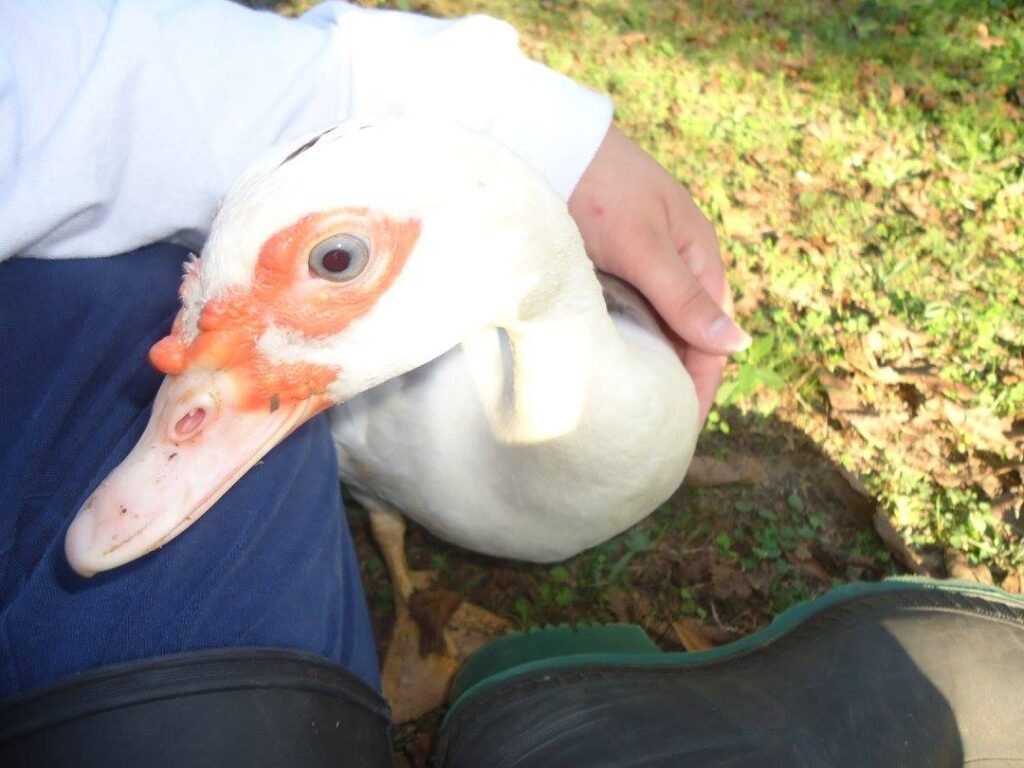It doesn’t matter whether you’re an amateur duck breeder or simply the keeper of a few of these feathery delights I refer to as “feather babies”. You are sure to come across some of their unique medical issues- like Angel Wing- along the way. My duck knowledge came the old-fashioned way—trial and error.
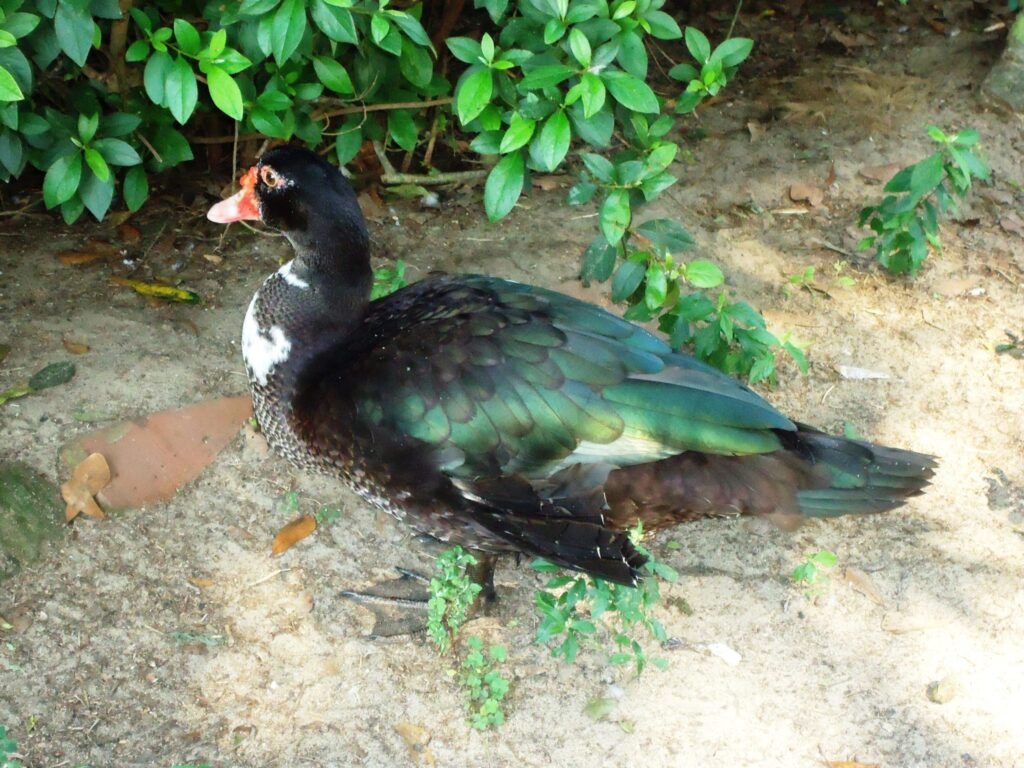
My sister (from another mister) and I were given four ducks which we named Jelly, Peanut Butter, Brownie, and KitKat. Before we knew it, we had a growing business. With our one drake (male) and three healthy hens (females), our business took flight—literally!
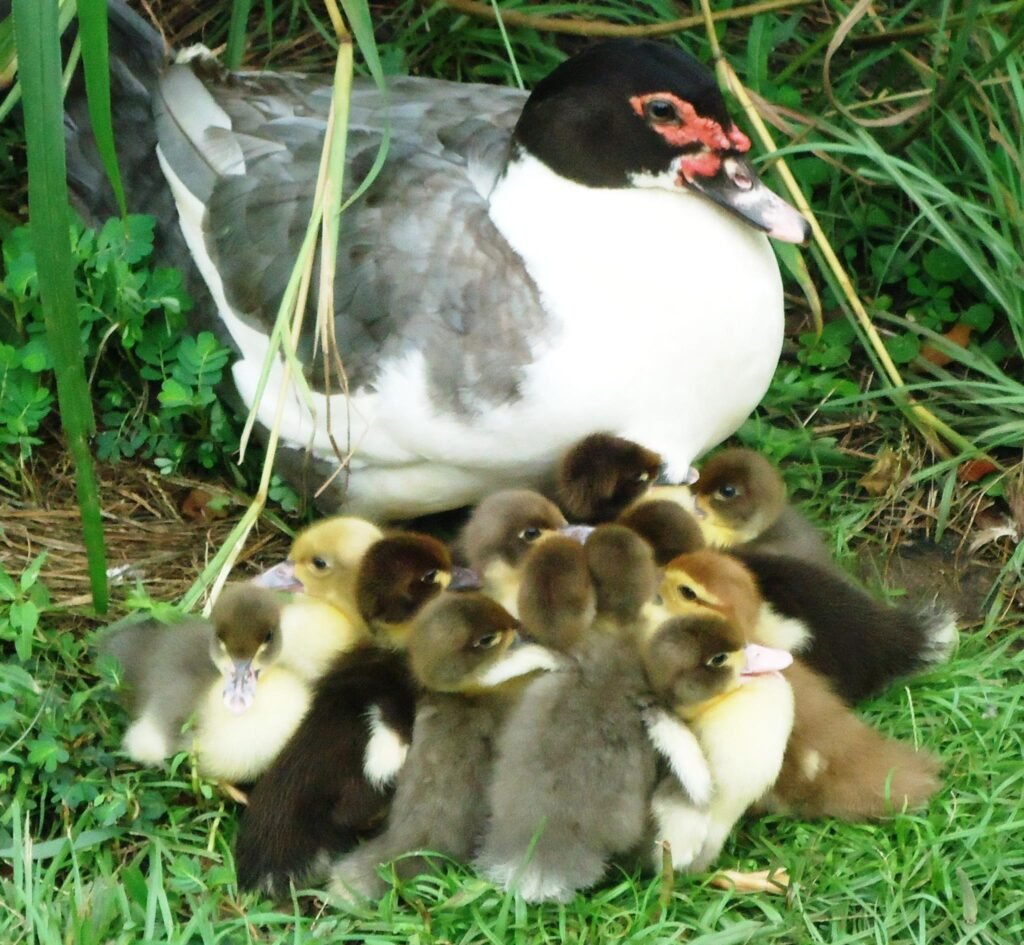
The problem, however, is at some point a condition known as Angel Wing can occur, even if you have very healthy ducklings. This is debilitating in regards of flying.
Ducks grow exceptionally fast, going from hatchling to full-feathered adult in just 3 months. This quick development can become a blight for some.
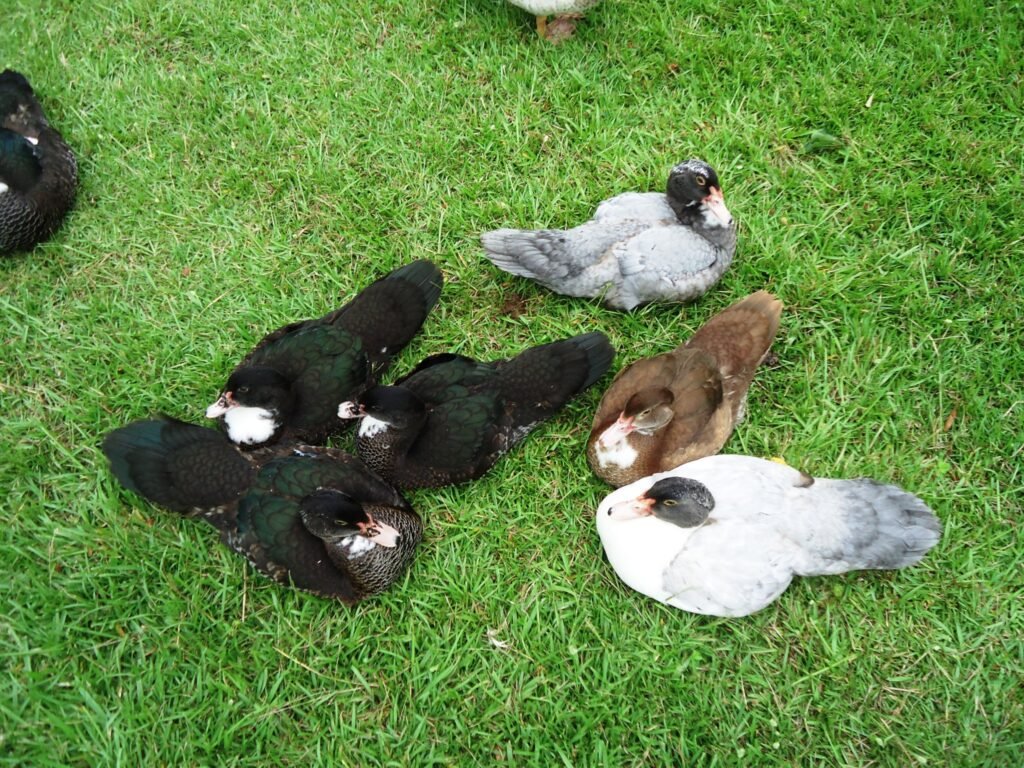
Between week 6 and 8, their fluff starts to slowly be replaced with blood feathers (and yes, there is a blood supply to the shafts for a short while). The blood does eventually recede back down into the skin follicle at the base of each feather. This weight can pull the developing wing down.
Genetics and vitamin deficiencies can also serve as culprits for the condition. So don’t beat yourself up if your duck develops this condition—often it’s something we cannot prevent from happening.
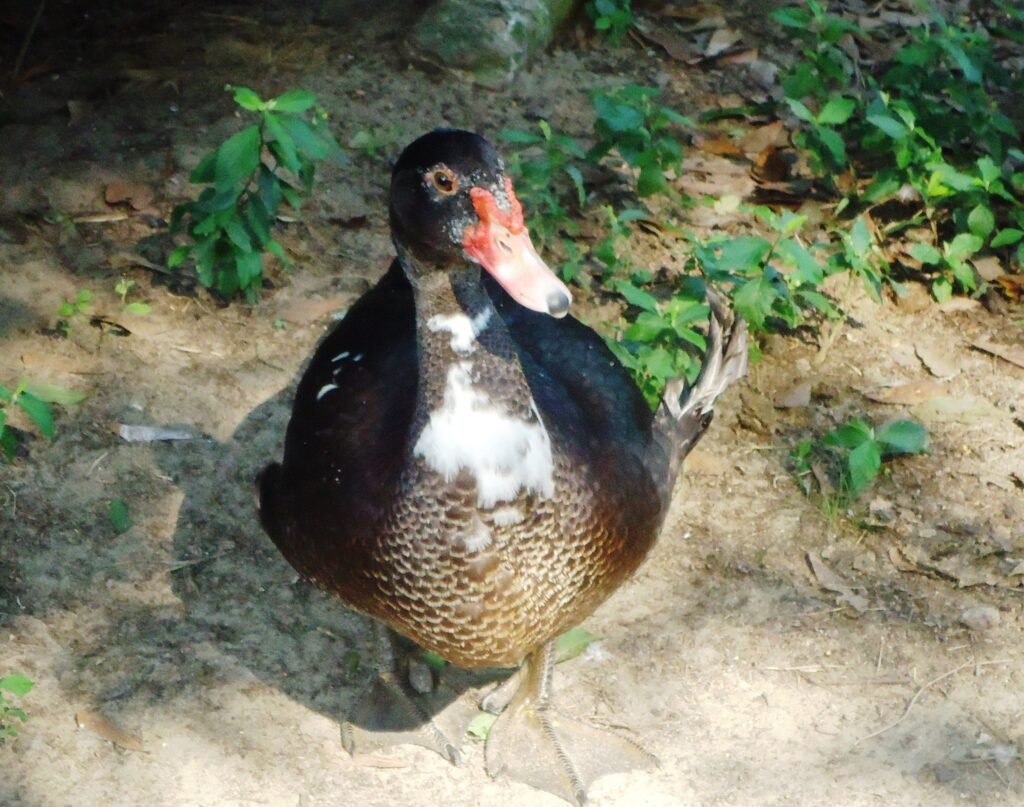
We first came across Angel Wing with our sweet “Wings” as we called him. He was too far gone with the disorder for us to correct. He paid the price for our ignorance and we were sure to find him a good home who understood he could never fly to protect himself from predators. After this, we carefully monitored feather development in those first three months of life.
What are the steps to correct Angel Wing?
If caught very early, wrapping it is your best option. You must be very careful about how tight or loose you wrap it for fear of damaging the developing blood feathers and affecting joint mobility.
They do make bands specifically for this purpose. But because you need to re-wrap the wings every 3 days or so, you would need multiple bands in a variety of sizes.

And if you haven’t noticed yet, ducks are messy. Cute, but messy.
We found that bandage wraps worked great for us—they stretch and stick to themselves without sticking to their feathers. They give firm support and stay in place.
They’re also affordable and easy to find—Walmart, Target, Tractor Supply, major pet supply stores, and most sports stores.
Here’s what you will want to do:
- Have a second pair of hands, a couple rolls of bandage wraps, and scissors.
- Catch and calm your duck before doing anything. We once had a duck (named Swift) who was so used to us wrapping him, we’d place him on a perch about knee high and he would calmly tuck his head between my legs and just wait for us to change his wraps. His brother, Voltaire, would put his head in the crease of my elbow. A calm duck is a safe duck! If they’re calm, those sharp little talons can’t cut you up from fear.
- Extend and inspect the wings to look for possible wounds and spots of irritation. You can place nonstick gauze in those areas to help.
- Someone should stabilize the duck and keep their wings gently tucked against their body in the resting position. The other person will pull out enough wrap to generously go around the duck’s torso, starting at the base of the wings. Slowly work towards the tip. You’ll want to overlap a little with each pass and tuck it securely under a previous wrap so the duck (hopefully) can’t get it off. Doing a figure 8 around their torso helps keep everything secure.
- Make sure that the wings are tucked correctly and it’s not too tight or loose. You don’t want the duck to pull their wings out of the wrap.
- Check to make sure it isn’t near their legs or neck to avoid injuries.
- Check for comfort, mobility, and safety. You should listen for any change in their breathing or signs of distress in any form. Can you slip a finger between the wrap and their body? Does it slide down as they move? Spend some time monitoring the animal.
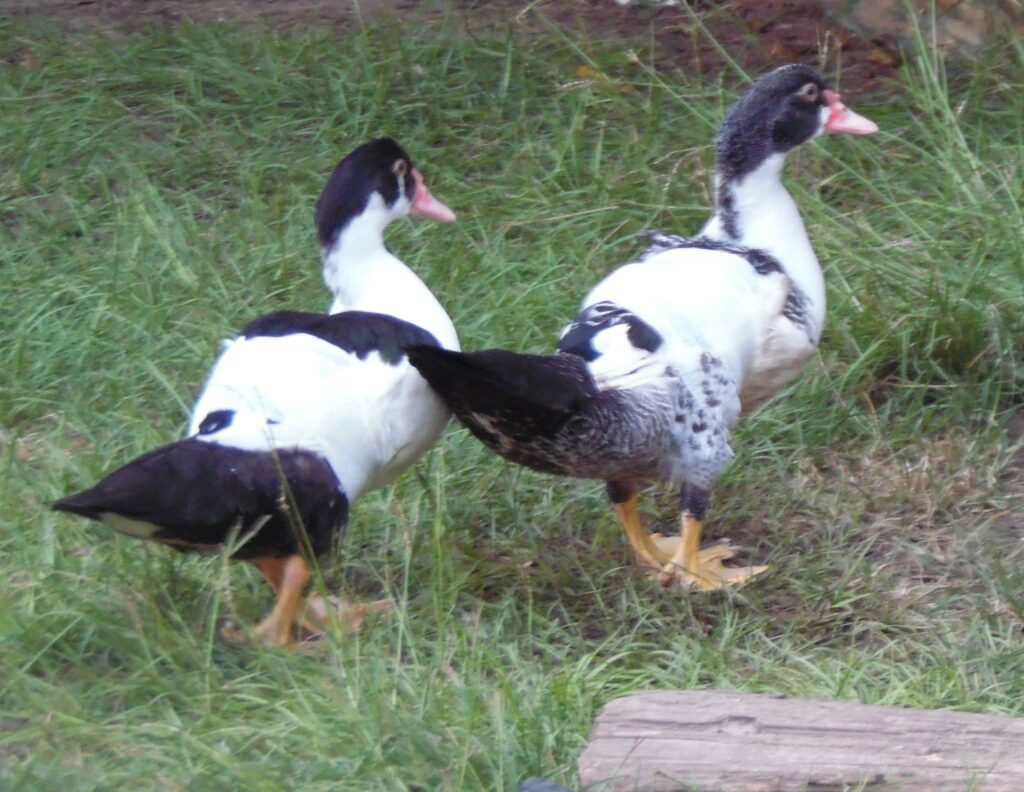
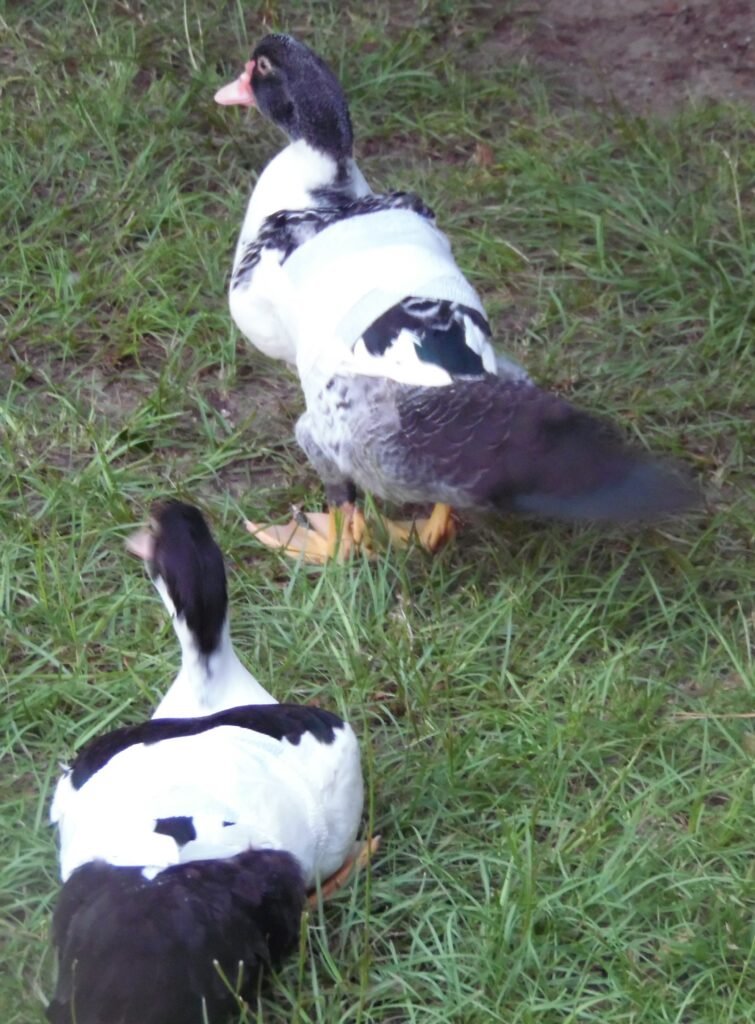
You will notice in the image above that the wraps are low on their torso, close to their legs. This is because the wraps were two days old and our sweet boys had worked them lower. If this happens, rewrap them! If left unchecked, the bandages could continue to slip downward, rendering the wrapping process a moot point because it’s not supporting their wings as needed, but also the bandages could potentially injure them.
Ducks are stubborn and active animals, so loose wraps could twist around their feet, their neck, etc. Be vigilant during this process!
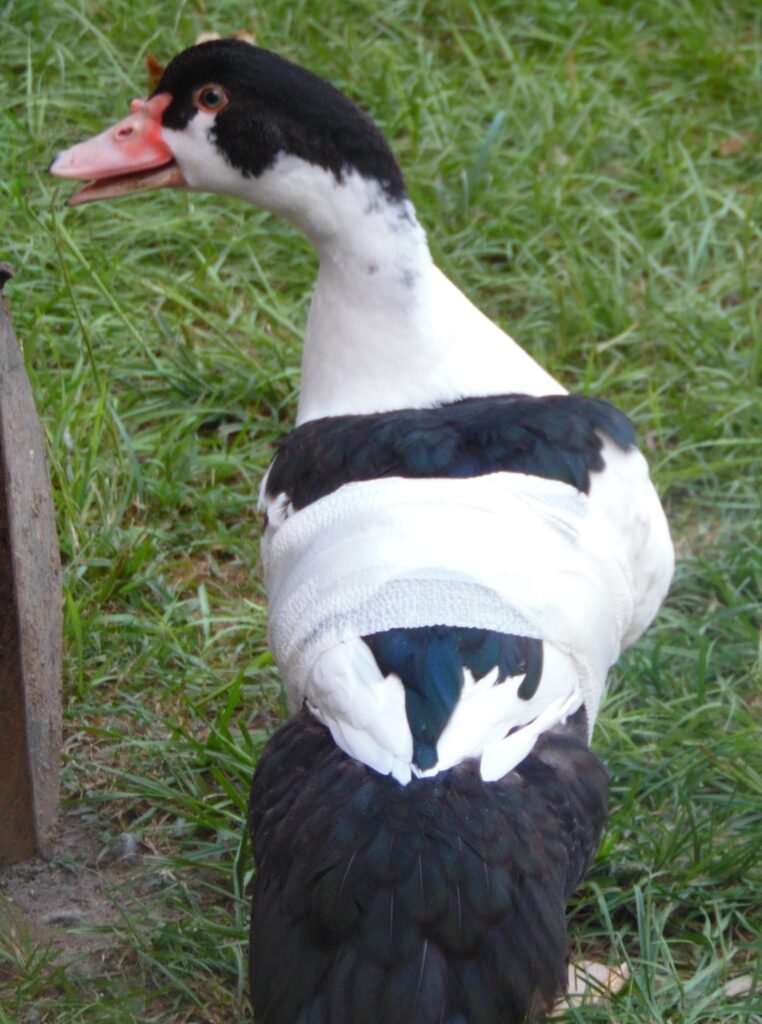
In the above image you can see on the right side the “elbow” hinge jutting slightly from his body. This anchor point is what you want to keep wrapped and supported so that muscle memory can take over.
Some ducks do better with a strip of fabric from an old T-shirt tied around them and then cover that with a couple of bands of the wraps.
Remember to check it at least once a day and replace the wraps every 3 days or so. You may have to repeat this process for several rounds, but once you begin to see the wings being held up against the body flatly, you know it’s working.
You will have saved your duck from a life of flightless days and the damage caused by bushes or fences grasping at jutting wings. This intervention is good for any waterfowl. For any questions, please feel free to reach out!
Just one reason to protect their ability to fly:


